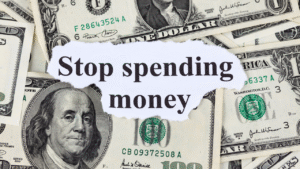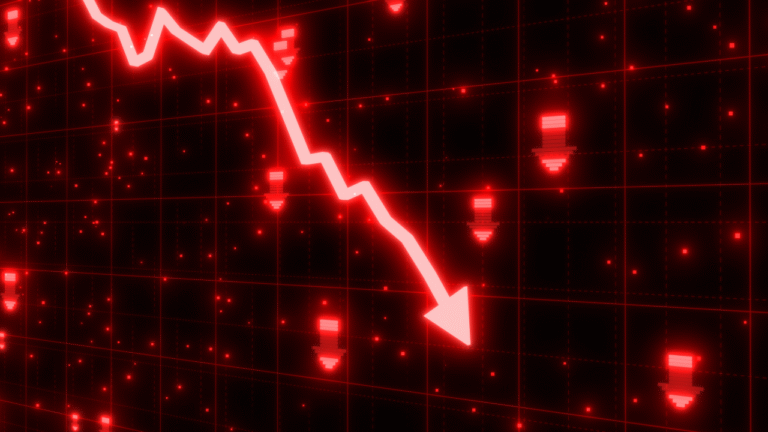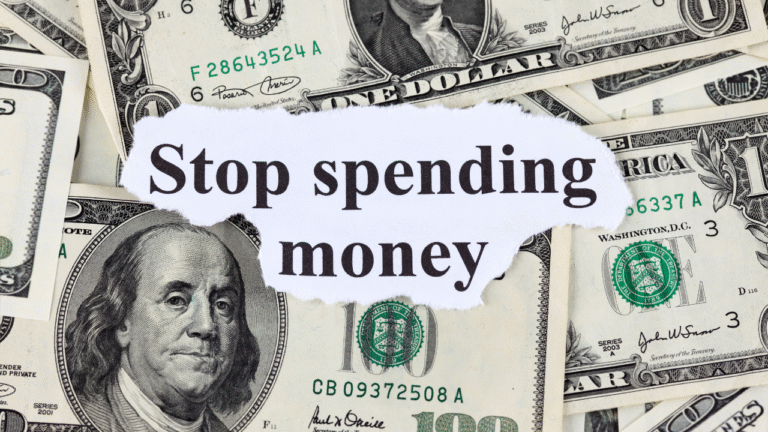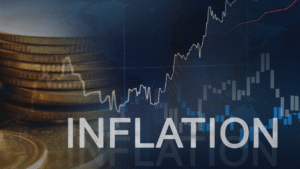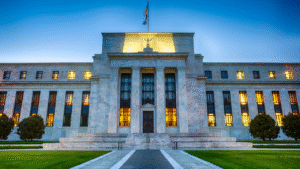Introduction
The Producer Price Index (PPI) is one of the most watched economic indicators USA because it provides early clues about inflation trends. In September 2025, markets and households alike are buzzing: will easing PPI numbers finally push the Federal Reserve rate cut button? Could we really see a 50 bps rate cut soon and how would that affect your wallet?
In this in-depth guide, we’ll break down what the latest PPI inflation data means, how it connects to everyday Americans, and what you should do now to prepare for changes in interest rates.
Table of Contents
🔎 What Is the Producer Price Index (PPI)?
The Producer Price Index measures the average change over time in the selling prices received by domestic producers for their goods and services. In simpler terms, it tracks inflation at the wholesale level before costs hit consumers.
- CPI vs PPI: While the Consumer Price Index (CPI) reflects what shoppers pay at the store, PPI focuses on what businesses charge each other.
- Why it matters: A lower PPI suggests easing cost pressures for companies, which can eventually translate to lower consumer prices.
📊 The Latest PPI Inflation Trends
Recent reports show that PPI inflation is cooling, with wholesale costs moderating across categories like energy, raw materials, and services. This trend is particularly important because:
- Businesses feel relief from supply chain and raw material costs.
- Consumers may see lower prices in groceries, housing, and travel in coming months.
- The Fed sees evidence that inflationary pressures are declining.
According to official HUD Housing Affordability Data, easing production costs could also ripple into lower housing pressures — one of the largest expenses for U.S. households.
🏦 Could the Federal Reserve Deliver a 50 bps Rate Cut?
When economists talk about a 50 bps rate cut, they mean the Federal Reserve lowering its benchmark interest rate by half a percentage point.
- Why this matters: Such a cut would reduce borrowing costs for mortgages, auto loans, and credit cards, giving households some breathing room.
- The link with PPI: If the Producer Price Index keeps easing, the Fed may feel more comfortable pivoting from rate hikes to cuts.
- Timing: Analysts suggest that a cut could arrive as early as the next Federal Reserve FOMC meeting, depending on inflation and labor market data.
🏠 Housing & Mortgages After a Rate Cut
A softer Producer Price Index plus a Federal Reserve rate cut could directly affect U.S. housing:
- Mortgage rates could dip, making refinancing or buying a home more affordable.
- Lower financing costs might boost home-buying activity, though affordability challenges remain.
- Renters could benefit indirectly if landlords face less pressure from borrowing costs.
💡 Related: Looking to save more on living costs? Check out our guide to Cheapest Days to Fly in the US 2025 ✈️.
💳 Credit Cards, Loans, and Everyday Debt
A 50 bps rate cut would also filter into your day-to-day finances:
- Credit Cards: APRs could edge lower, though balances still need to be managed wisely.
- Auto Loans: Monthly payments may shrink slightly, helping families stretch their budgets.
- Student Loans: Borrowers on variable-rate plans could benefit from reduced interest costs.
The Fed’s decisions, shaped in part by the U.S. inflation data in PPI, directly impact how much debt costs Americans.
🚗 Consumer Spending and Everyday Budgets
If the Producer Price Index cools, businesses may pass on savings to consumers through:
- Cheaper gas and groceries.
- Lower manufacturing costs leading to sales and discounts.
- Improved supply chain stability.
🎬 Want to cut costs further? Don’t miss our guide on Save on Streaming Services.
📈 Investments & Stock Market Reactions
Wall Street closely monitors economic indicators USA like the Producer Price Index because they signal how monetary policy may shift.
- Stocks: Lower PPI often boosts equities, especially consumer and tech stocks.
- Bonds: A 50 bps rate cut would likely drive yields lower, pushing prices higher.
- Dollar: The U.S. dollar could weaken, impacting international trade dynamics.
🛒 Everyday Lifestyle Impacts
Beyond Wall Street, the ripple effect is felt in daily life:
- Retailers may run promotions thanks to reduced wholesale costs.
- Travel expenses could moderate, helping families plan vacations.
- Clothing brands may offer deeper discounts — like the Adidas Summer Blowout Sale 2025 👟.
✅ Smart Money Moves to Make Right Now
If the Federal Reserve rate cut does happen, here are steps you can take today:
- Refinance Your Mortgage: Lock in a lower rate if you qualify.
- Attack High-Interest Debt: Pay down balances while rates ease.
- Adjust Your Budget: Re-evaluate spending categories in light of lower costs.
- Rebalance Investments: Consider exposure to stocks vs. bonds.
- Plan Ahead for Inflation: Remember that rates can rise again if inflation ticks up.
🙋 FAQs on Producer Price Index & Rate Cuts
Q1. What does the Producer Price Index measure?
It tracks wholesale price changes for goods and services, serving as a leading indicator of inflation trends.
Q2. How is PPI different from CPI?
CPI measures consumer prices, while PPI measures what producers receive. PPI usually shifts before CPI.
Q3. Could we see a 50 bps rate cut soon?
If PPI inflation continues to ease and labor markets stabilize, a Federal Reserve rate cut of 50 basis points is possible.
Q4. How does a rate cut affect me directly?
You’ll likely see lower borrowing costs, potential savings on credit cards, auto loans, and mortgages.
Q5. Are easing PPI numbers always good?
Not always. They can signal slowing demand, which might foreshadow weaker economic growth.
📝 Conclusion: What It Means for Your Wallet
The Producer Price Index is flashing signs of relief, giving the Fed room to maneuver. A potential 50 bps rate cut could mean lower costs for loans, housing, and everyday spending — but it also signals that the economy is adjusting to new realities.
💡 Bottom line: Stay proactive. Whether refinancing, paying down debt, or rebalancing your investments, now is the time to prepare.
👉 Start saving smarter with SmartSaveUSA.com — your trusted guide for budgeting, investing, and money hacks.

